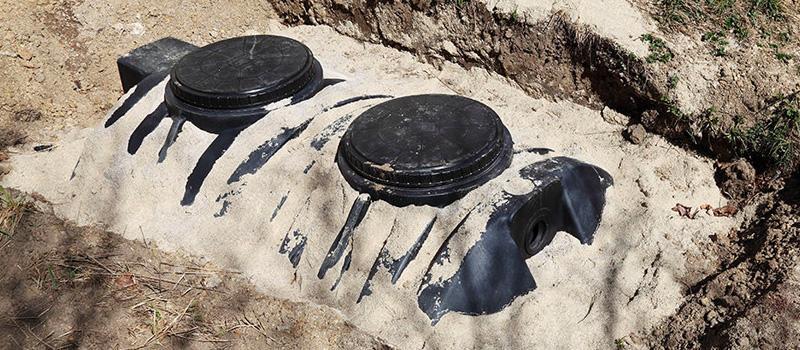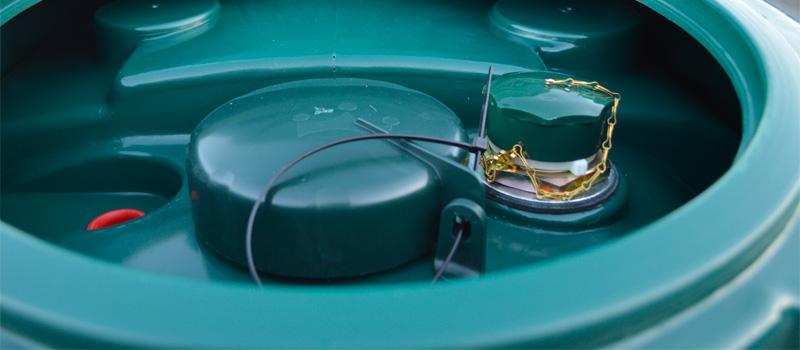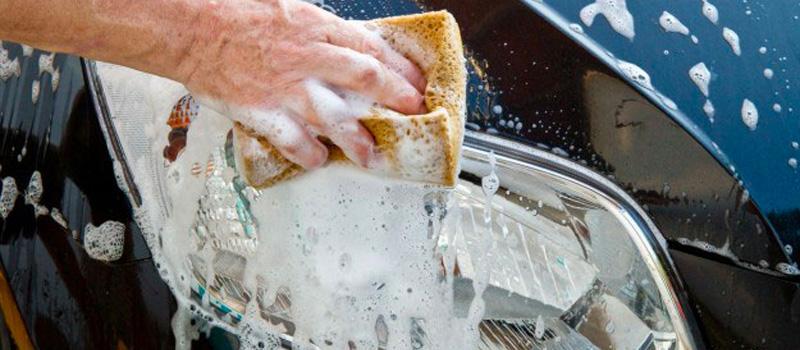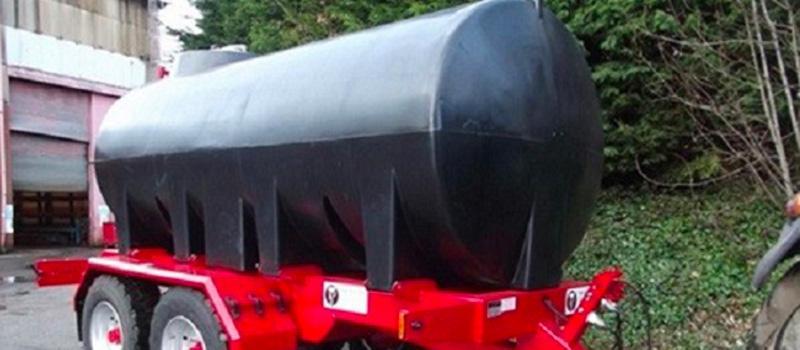What are Underground Tanks?
Underground Water Tanks are used for underground storage of potable drinking water, wastewater and rainwater collection.
View our whole range of Underground Water Tanks
Can you put any plastic water tank in the ground and use it as an underground tank?
It is pivotal that you do not just buy any polyethylene tank. Standard above ground tanks have not been engineered to withstand the lateral pressure of the earth. If not properly supported then they can collapse due to outside pressure.
How long will a plastic water tank last?
Based on feedback from customers of Poly Processing Solutions, it is said that they can last for over 35 years. High-density crosslinked polyethylene (XLPE) lasts 30-40% longer than linear polyethylene tanks. This translates into ten additional years of useful tank service, with 15-20 years as the typical useful life of high-density crosslinked polyethylene tanks.
How deep can you bury a polyethylene water tank?
It's recommended not to bury a polyethylene tank more than 1 metre into the ground and your hole should be 300mm or 12 inches wider than the diameter of the base of your water tank. However, every manufacturer has their own guidelines and instructions relating to the design of their particular tank.
If I collect rainwater can we use it for drinking?
Yes, you can collect rainwater. Most rainwater is perfectly safe to drink, but remember rainwater is only as clean as its container. Only rain that has fallen directly from the sky should be collected for drinking, whilst boiling and filtering the rainwater will make it even safer to drink. If you are going to use rainwater for drinking it is advisable to pass it through UV filtration.
Can I drive over my tank once it is installed?
In some cases, the manufacturers of certain polyethylene tanks will advise against their tank being driven over. There are exceptions to this rule and some plastic tanks are designed once installed to be driven over. The install procedure needs to be adhered to for any warranties to be upheld if there is ever an issue.
One solution could be to place the tank on a concrete slab and fully encase it in concrete. We would strongly advise that you enlist the support of a structural engineer if you are thinking of going down this route.





